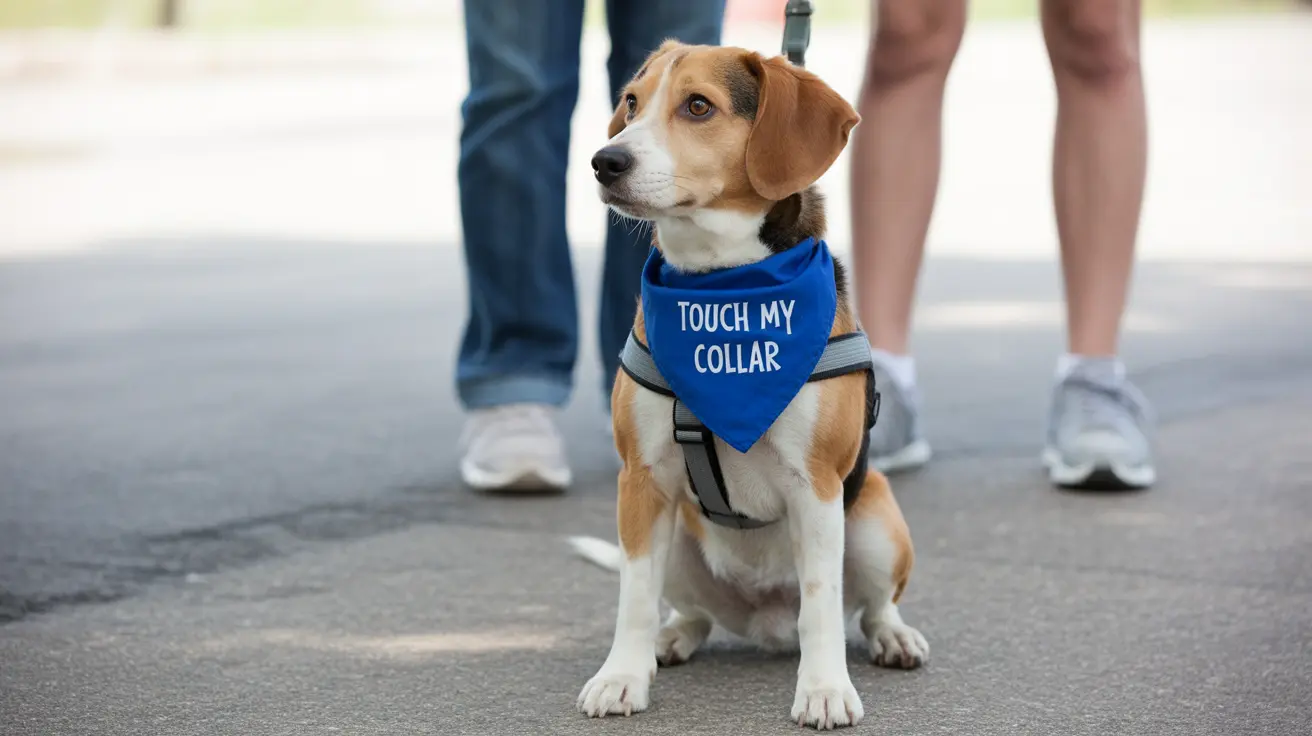Understanding the 7-7-7 Rule for Dogs: Easing Pet Transitions
When introducing a new dog into your home, especially a rescue or one transitioning from a shelter, it's essential to provide them with the patience and structure they need to feel safe and secure. One method many pet behaviorists suggest is the
7-7-7 rule, a helpful guideline to manage expectations and provide structure during this adjustment period.
What Is the 7-7-7 Rule?
The
7-7-7 rule refers to three tiers of time:
- 7 Seconds: Give your new dog brief intervals to adjust to immediate stimuli (such as your approach, touch, or voice) without overwhelming them.
- 7 Minutes: Allow short, safe exposure to new areas and people, creating manageable and positive experiences.
- 7 Days: This marks the broader acclimation period, during which your dog begins to understand that this new space is home.
These time markers help set expectations not only for canine comfort and behavior patterns but also help guide owners in how to introduce new experiences steadily and sensitively.
The First Day: What to Expect
During the first
7 seconds to 7 minutes of arrival, your dog’s senses are working at full capacity. They are smelling everything, identifying sounds, and navigating unfamiliar surroundings. It’s important that during this time, you:
- Keep greetings calm and non-invasive.
- Allow your dog space to sniff and explore on their terms.
- Use low tones and soft gestures to reduce stress.
Remember, even a well-socialized dog can feel intense stress during transitions. Your immediate goal should be to make them feel safe.
The First Week: 7 Days of Adjustment
After a week, your dog may start to settle and reveal more of their natural personality. However, behavior may still fluctuate. Some things to keep in mind:
- Don’t overwhelm with visitors or activity. A few days of calm introduction are ideal.
- Stick to a routine—dogs thrive on predictability.
- Provide a safe space such as a designated bed or crate retreat.
- Observe body language carefully for signs of stress or comfort such as tail position, body tension, and eye contact.
This time is critical for developing trust. Dogs begin orienting themselves to schedules, understand feeding times, and figure out who their caretakers are.
Bonding After 7 Days
Once the dog has spent a week in your home, the foundational bond may begin to develop. This doesn’t mean full trust is established—but your dog starts recognizing familiar beings and establishing expectations. During this time:
- Begin light training or structured play to shape behavior and deepen connection.
- Take short walks to provide mental stimulation and bonding opportunities.
- Introduce enrichment tools like puzzle feeders or scent-based games to engage their natural instincts.
Keep in mind that full adjustment usually takes longer than seven days, but this rule offers a way to approach the earliest milestones with compassion.
Why the 7-7-7 Rule Matters
Just as humans take time to feel comfortable in new situations, dogs also require decompression time. The 7-7-7 rule works because it:
- Sets realistic expectations for owners eager to bond with their new pet.
- Reduces stress and anxiety in dogs by giving them manageable amounts of stimuli.
- Fosters long-term trust in early interactions through calm, structured experiences.
Establishing positive routines, gentle interactions, and boundaries during the early days can set the foundation for a strong, responsive, and happy pet relationship.
Extended Adjustment Timeline
While 7-7-7 helps address the early stages, other phases often follow:
- 3 Weeks: Dogs begin feeling more comfortable and may test boundaries. This is a good time for consistent training.
- 3 Months: Many dogs are now fully acclimated, bonded with their humans, and responsive to routines.
Still, every dog is different, and breeds, backgrounds, and personalities all influence adjustment patterns.
Supporting Your Dog's Transition
To support your dog fully during this period:
- Remain patient and avoid forcing interaction.
- Let your dog approach you when ready.
- Use rewards-based training to encourage good behavior.
- Consult a vet or trainer if you notice signs of ongoing distress.
Providing time, space, and understanding during this delicate period dramatically improves your dog’s emotional health and connection to their new family.
In Summary
The
7-7-7 rule is not about rigid timing but rather a mindset of gradual, respectful introduction that aligns with how dogs process new environments. Whether it’s giving your dog a 7-second pause before petting, creating a peaceful 7-minute orientation stroll, or giving them 7 days of calm consistency before deeper training, the rule helps pet parents set up a healthy, trusting relationship from day one.





